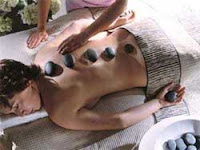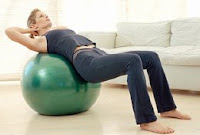Eur J Pain. 2009 Jun 25; Nasu T, Taguchi T, Mizumura KChronic muscle pain of the neck, shoulder and low back is quite common and often related to a stressed condition. In this study we tried to make a model of long-lasting muscle mechanical hyperalgesia based on one type of stress, repeated cold stress (RCS) (Kita T, Hata T, Yoneda R, Okage T. Stress state caused by alternation of rhythm in environmental temperature, and the functional disorders in mice and rats. Folia Pharmacol Jpn 1975;71:195-210). We first validated a method of measuring the muscle mechanical nociceptive threshold through skin, with surface anesthesia of the skin covering the muscle. We found that a pressure test using a Randall-Selitto analgesiometer equipped with a larger probe (varphi 2.6mm) can measure the deep mechanical withdrawal threshold even under the presence of cutaneous punctuate hyperalgesia. RCS was performed by changing the temperature from 22 degrees C to either 4 degrees C (RCS at 4 degrees C) or -3 degrees C (RCS at -3 degrees C) every 30min, and then maintained at 4 degrees C/-3 degrees C from 17:30 to 10:00 the next day. RCS at 4 degrees C for 5days induced bilateral deep mechanical hyperalgesia lasting 2-3weeks without cutaneous punctuate hyperalgesia. Deep mechanical hyperalgesia observed after RCS at -3 degrees C lasted longer ( approximately 6weeks) and was severer than RCS at 4 degrees C. Bilateral cutaneous punctuate hyperalgesia was also observed with RCS at -3 degrees C. Intramuscular injection of lidocaine confirmed that the muscle was hyperalgesic. RCS might serve as a useful model for study of the mechanism of chronic muscle pain and its treatment.



